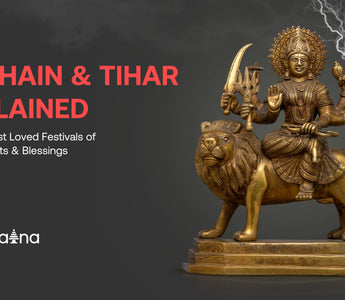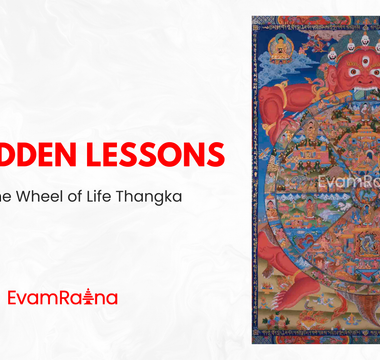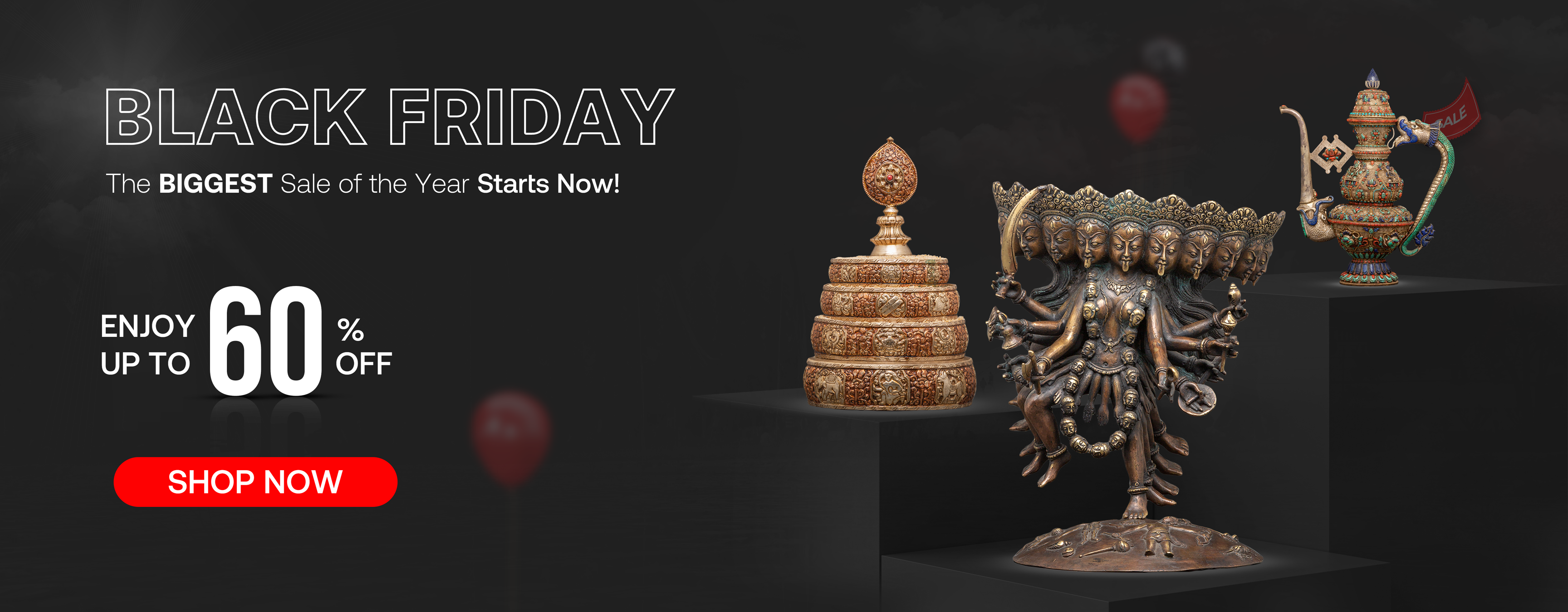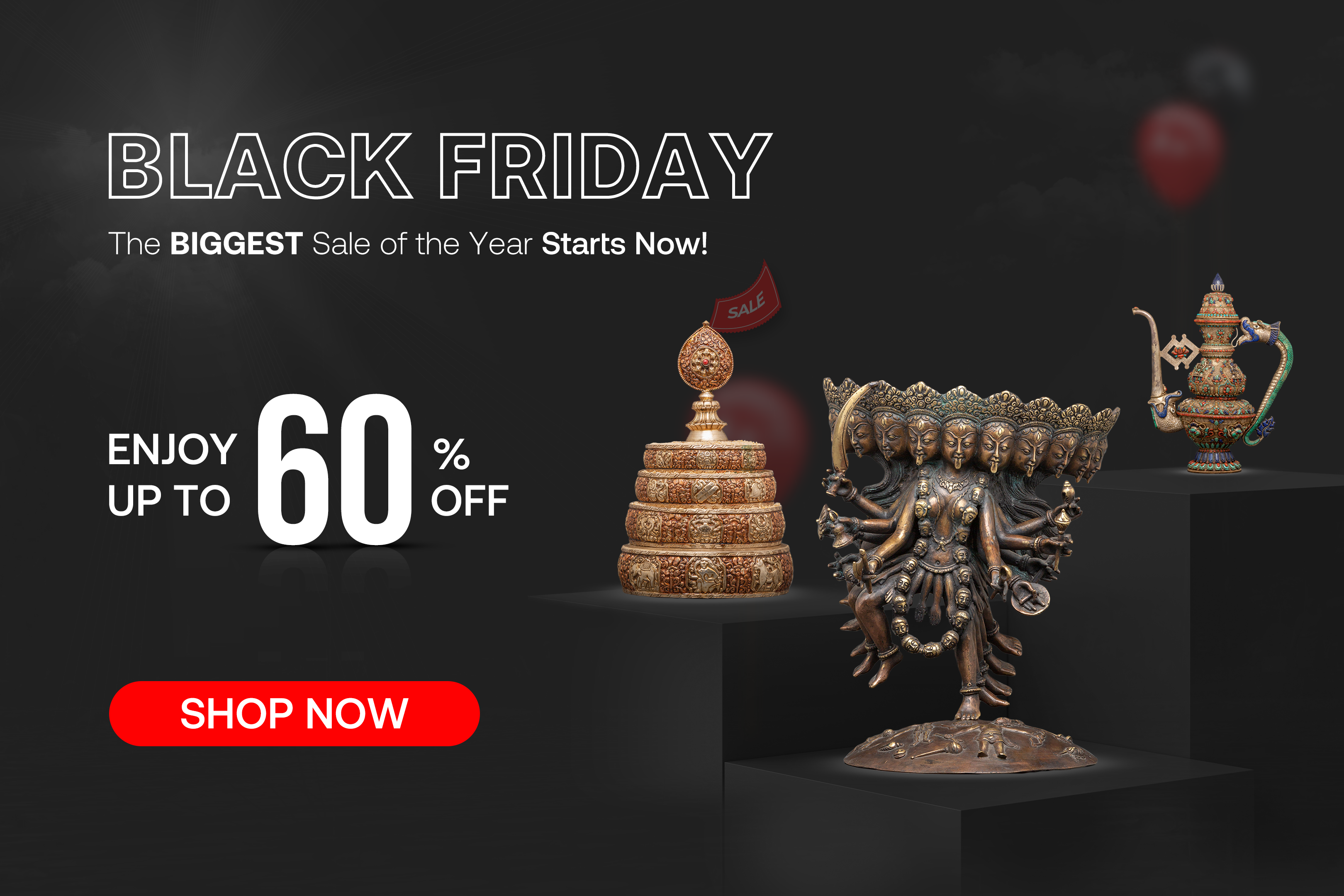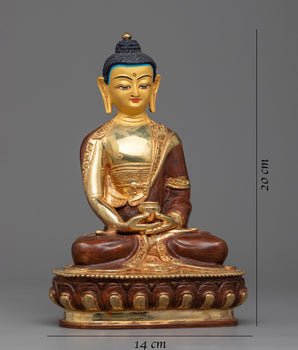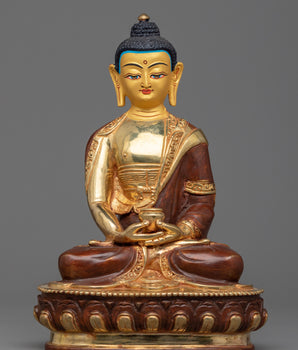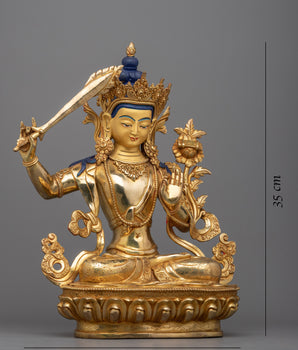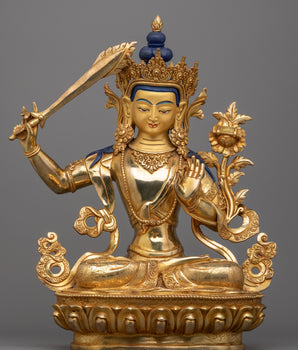If you’ve ever been to Nepal in the autumn (September to November), you’ll know there’s magic in the air. The skies are clear, the hills are green, and the entire country feels alive with joy and color. Why? Because it’s time for Dashain (usually in September/October) and Tihar (October/November) — the two biggest and most loved festivals in Nepal.
These festivals are more than just holidays; they’re about family, blessings, lights, laughter, and togetherness. And if you’re wondering what makes them so special (and how you can celebrate them in style), let’s dive in! Maa Durga Statue: Handmade Statue from Nepal
Maa Durga Statue: Handmade Statue from Nepal
Dashain – The Festival of Victory and Family
Dashain, celebrated for 15 days in late September or October, is Nepal’s biggest and longest festival. It honors the victory of Goddess Durga over the demon Mahishasura, symbolizing the triumph of good over evil. But beyond the mythology, Dashain is really about family reunions, blessings from elders, delicious feasts, and nationwide joy.
-
Ghatasthapana (Day 1 – Setting the Sacred Kalash)
Dashain begins with the installation of a kalash (sacred vessel) and sowing of jamara (barley seeds) in a ritual space. This marks the start of the festival, as families pray for prosperity and protection. -
Phulpati (Day 7 – The Arrival of Durga’s Sacred Flowers)
On the seventh day, Phulpati is celebrated with great pomp. In Kathmandu, there’s even a royal parade carrying sacred offerings to Hanuman Dhoka Durbar. Families welcome Phulpati flowers and jamara into their homes, symbolizing Durga’s arrival.
-
Maha Ashtami (Day 8 – The Fierce Power of Durga)
On this day, Goddess Durga in her fiercest form is worshipped. Traditionally, animal sacrifices were made to honor her power, though many households today offer symbolic alternatives like coconuts, pumpkins, or fruits. -
Maha Navami (Day 9 – Protectors of the Nation)
This day is dedicated to worshipping Durga as a guardian of strength and safety. People honor tools, vehicles, and even weapons, seeking blessings for protection. In many parts of Nepal, this is also a big day for community gatherings and feasts. -
Vijaya Dashami (Day 10 – The Day of Victory & Tika Ceremony)
The most important day of the festival! Elders place a tika (a mix of red vermilion, yogurt, and rice) on the foreheads of younger family members, along with jamara from the sacred kalash, blessing them with long life, success, and prosperity. Families travel far and wide to be together for this ritual, making it the heart of Dashain. -
Kojagrat Purnima (Day 15 – The Full Moon of Fortune)
The festival concludes with Kojagrat Purnima, when Goddess Laxmi is invoked for wealth and good fortune. By this time, villages and towns are alive with fairs, swings (ping), kites, and laughter.
A young girl enjoying Ping (Swing) as part of Dashain Celebration
Dashain is when Nepalis everywhere come home. Schools close, offices pause, and villages fill with returning family members. It’s a time of reunion, renewal, and joy. New clothes are worn, massive feasts with goat meat and rice are enjoyed, and kids spend hours flying kites in the crisp autumn sky. For many, Dashain isn’t just a religious celebration — it’s the season of togetherness and blessings.
Tihar – The Festival of Lights and Love
Right after Dashain comes Tihar, often called the Nepali version of Diwali. But Tihar has its own unique charm — it’s all about lights, music, and celebrating relationships.

Each of its five days has a special meaning:
-
Kag Tihar (Day of the Crow)
The festival begins by honoring crows, messengers of the divine in Hindu belief. People offer rice and food on rooftops and streets to keep away sorrow and bring good luck. -
Kukur Tihar (Day of the Dog)
This is perhaps the most heartwarming day of Tihar. Dogs, considered guardians and loyal companions, are adorned with flower garlands (mala), red tika on their foreheads, and offered delicious food. Streets come alive with wagging tails, showing Nepal’s love and respect for dogs.S
Celebrating Kukur Tihar festival in Nepal
-
Gai Tihar & Laxmi Puja (Day of the Cow & Goddess of Wealth)
On the third day, cows — sacred animals in Hinduism — are worshipped at dawn with garlands and offerings. Later in the evening, households honor Goddess Laxmi, the bringer of wealth and prosperity. Homes and streets are decorated with oil lamps, candles, and colorful rangoli patterns, turning neighborhoods into seas of light. -
Govardhan Puja & Mha Puja (Day of the Ox & Self-Worship)
The fourth day differs across Nepal’s cultures. Farmers worship oxen, who play a vital role in agriculture. In Newar communities, it’s also Mha Puja, or self-worship — a ritual that purifies and empowers the soul, celebrating one’s inner divinity. Mother Lakshmi Statue: handmade from Nepal
Mother Lakshmi Statue: handmade from Nepal -
Bhai Tika (Day of Brothers and Sisters)
Tihar ends with one of the most touching traditions: sisters place a seven-colored tika (saptarangi tika) on their brothers’ foreheads, wishing them long life and protection. In return, brothers give gifts or money and promise to protect their sisters. This day beautifully symbolizes family love and lifelong bonds.
Tihar is all about togetherness, lights, and music. Children sing and dance to Deusi-Bhailo songs from house to house, neighbors exchange sweets and gifts, and entire towns glow under flickering lamps. It’s a time when joy is shared with family, community, and even animals.
Celebrate Dashain & Tihar with Evamratna
No festival is complete without the right ritual items, puja sets, and festive decorations. That’s where Evamratna steps in — making it easy for you to celebrate Dashain and Tihar with authenticity and devotion, no matter where you are in the world.
On Evamratna you’ll find a wide collection of:
1. Dashain Puja Essentials:
kalash sets, incense burners, offering bowls, copper utensils, and complete Durga Puja kits.

Click to View our Ritual Essentials
2. Hindu Deity Statues:
handcrafted idols of Goddess Durga, Goddess Laxmi, Lord Ganesh, and other gods worshipped during Dashain and Tihar.
3. Tihar Decorations :
oil lamps (diyo sets), candles, mandalas, and rangoli designs to light up your home.
4. Spiritual Art & Decor :
Thangka paintings, wall hangings, masks, and sacred mandalas that add both beauty and meaning to your space.
5. Authentic gifts for family:
perfect for Bhai Tika, with sacred threads, malas, and spiritual jewelry for brothers and sisters.

View our Hindu Deities Collection
6. Worldwide delivery:
so Nepalis abroad can still celebrate Dashain and Tihar with all the traditional items they love.
With Evamratna, you’re not just shopping online — you’re bringing home pieces of Nepali culture, Hindu tradition, and sacred spirituality that make Dashain and Tihar truly memorable.
Conclusion: Festivals of Light, Love & Hope
They are a reminder that good always triumphs over evil, light conquers darkness, and love unites families and communities. These festivals carry the spirit of blessings, gratitude, and togetherness, values that every Nepali holds close to their heart, no matter where in the world they may be.
As the autumn skies of Nepal light up with kites, diyos, and laughter, may we all carry the same brightness within us — spreading kindness, harmony, and joy.
This Dashain and Tihar, let us celebrate not just with rituals, but with love, unity, and hope for a brighter tomorrow.


